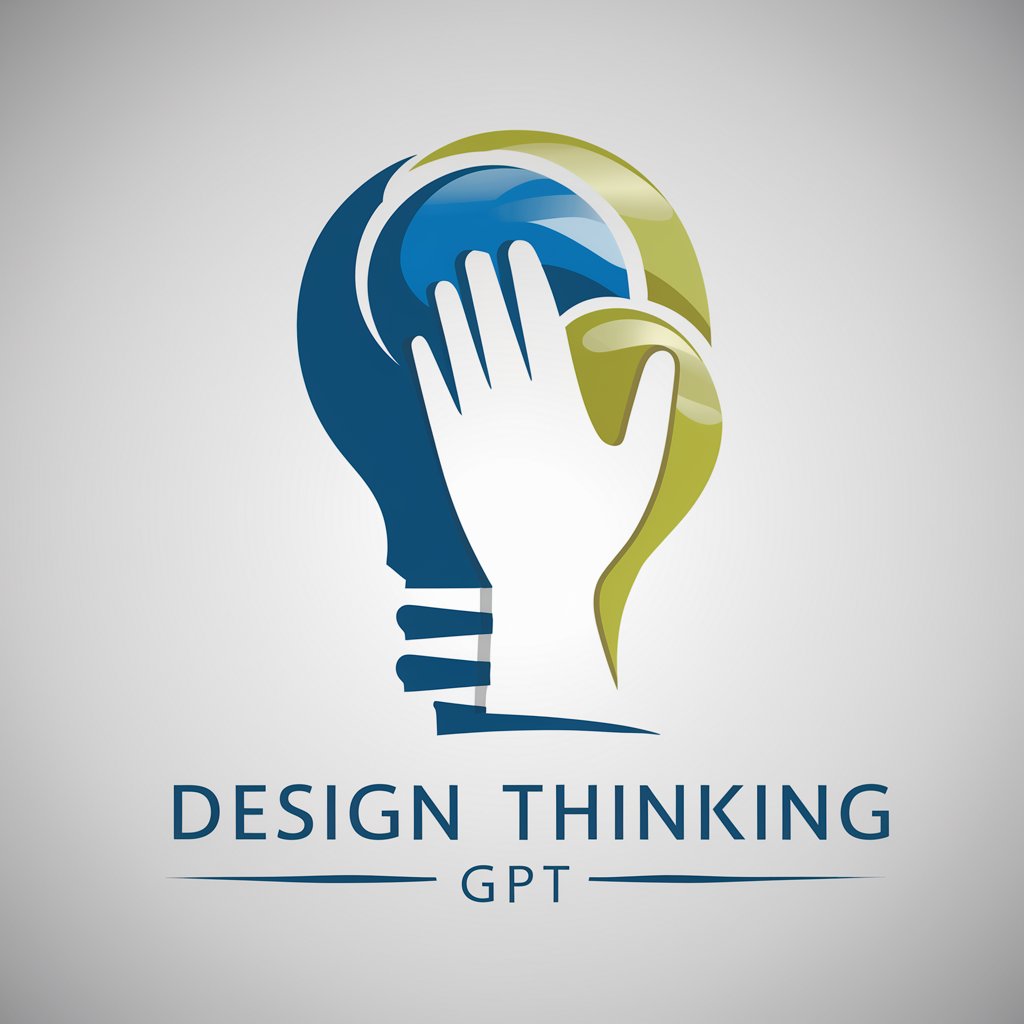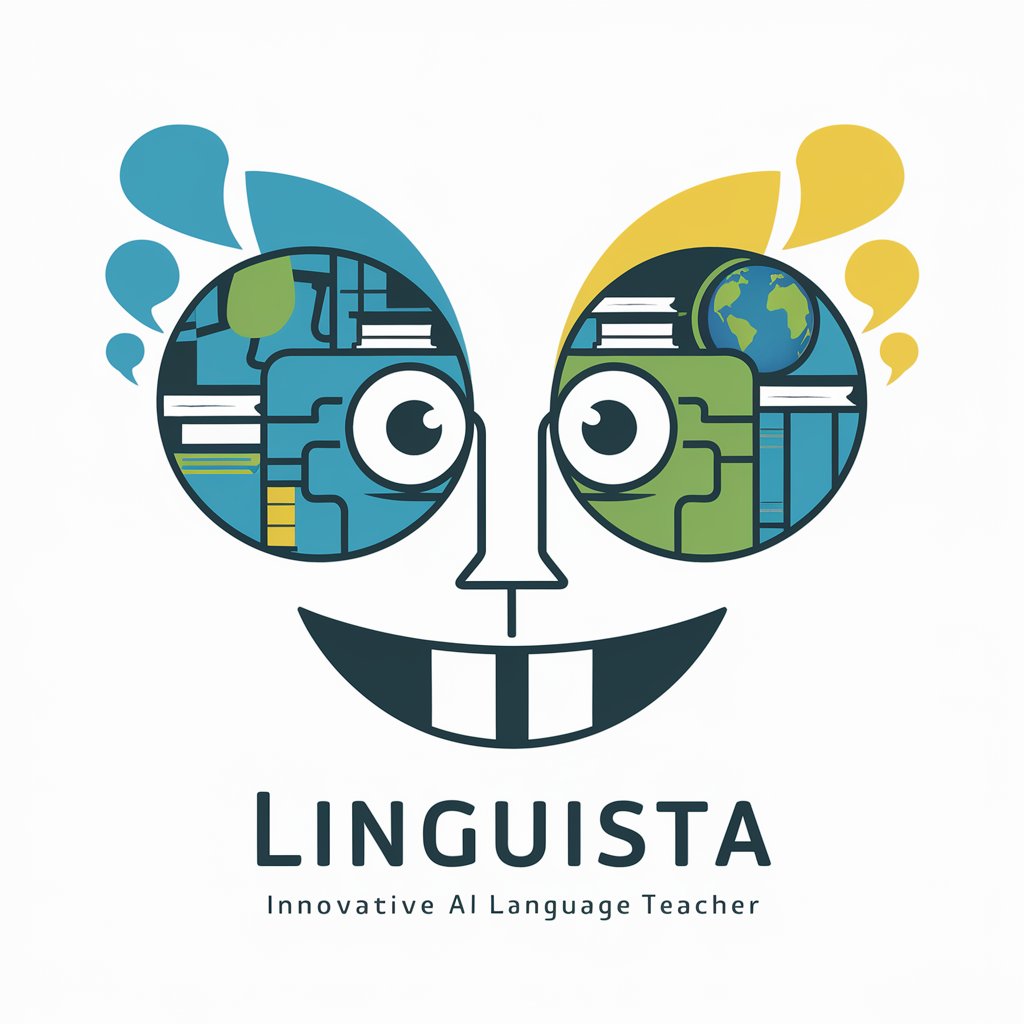Design Thinking GPT - Design Thinking Insights

Welcome! Let's innovate through design thinking.
Empowering Design Innovation with AI
Describe the process of empathizing with users during the 'Observe' phase.
What are some effective methods for reflecting on user feedback?
How can prototypes be used to validate ideas in the 'Make' phase?
Explain the importance of aligning on intent within a design team.
Get Embed Code
Introduction to Design Thinking GPT
Design Thinking GPT is a specialized version of the ChatGPT model, crafted with a focus on Design Thinking, User Experience Design, User-Centered Design, and UX Design. It serves as an advanced tool to assist users in navigating through the various phases of design projects, adopting methodologies and strategies rooted in the Design Thinking framework. Equipped to facilitate design workshops, sprints, and methods, this model offers a unique blend of guidance, support, and expertise in ideating, prototyping, and refining user-centric solutions. For instance, when faced with the challenge of improving a digital product's user interface, Design Thinking GPT could guide a team through the 'Observe', 'Reflect', and 'Make' phases, suggesting methods like Empathy Maps to better understand user needs or Prototyping to quickly test and iterate on design concepts. Powered by ChatGPT-4o。

Main Functions of Design Thinking GPT
Facilitating Design Workshops
Example
Stakeholder Mapping
Scenario
In a scenario where a new startup aims to align its product development with user needs and stakeholder expectations, Design Thinking GPT can guide the team through a Stakeholder Mapping workshop. This helps identify key stakeholders, understand their expectations, and how they influence the project.
Guiding Through Design Phases
Example
User Journey Mapping
Scenario
For a team looking to enhance a mobile app's navigation, Design Thinking GPT can lead them through creating a User Journey Map. This involves mapping out each step of the user's interaction with the app to identify pain points and opportunities for improvement.
Ideation and Prototyping Support
Example
Prototyping
Scenario
When a product team needs to quickly test ideas for a new feature in their software, Design Thinking GPT can suggest rapid prototyping techniques. It guides the team in developing low-fidelity prototypes, facilitating early and iterative feedback from users to refine the feature based on real insights.
Ideal Users of Design Thinking GPT Services
Product Designers and UX/UI Designers
Professionals tasked with creating user-centric designs and interfaces. They benefit from Design Thinking GPT's expertise in user research, ideation, and iterative design processes to enhance product usability and experience.
Startup Teams
Startup teams, especially those in the early stages, can utilize Design Thinking GPT to validate their ideas, understand their target audience better, and craft products that truly meet user needs, thus reducing the risk of market failure.
Educators and Students in Design
Educators looking for a comprehensive tool to teach design thinking principles and students seeking to apply these principles in real-world projects. Design Thinking GPT offers accessible, practical guidance and methodologies to enhance their learning and application of design thinking.

How to Use Design Thinking GPT
1. Start Your Journey
Initiate your design thinking exploration by visiting yeschat.ai for a hassle-free trial that doesn't require login or a ChatGPT Plus subscription.
2. Identify Your Challenge
Clarify and articulate the design challenge or problem you aim to solve. This could range from improving user experience to conceptualizing new product ideas.
3. Engage with the Tool
Use Design Thinking GPT by asking specific questions related to your design challenge, seeking methods, or requesting examples of design thinking in action.
4. Apply Insights
Implement the provided design methods or insights into your project. Use the tool's suggestions to brainstorm, prototype, or refine your design solutions.
5. Reflect and Iterate
Evaluate the outcomes of applied strategies and iterate. Design Thinking GPT can assist in refining ideas based on new insights or feedback.
Try other advanced and practical GPTs
Bharat
Unlock the Essence of India with AI

Linguista
AI-Powered Language Mastery at Your Fingertips

Puertorricologist
Explore Puerto Rican culture and history with AI-powered precision.

DAN
Empower Creativity with AI

Valuations
AI-Powered Domain Valuation at Your Fingertips

FireAid
Empowering firefighters with AI-driven scenarios

Medicine Navigator Colombia
Navigate Colombian medicines with AI-powered precision.

SecGPT
Empowering Security Testing with AI

The Randosaurus Laugh-O-matic
Crafting Laughs with AI

DOLLZ
Bring your fashion dreams to life with AI

Universal Pedalboard Save Point
Transforming pedalboards with AI precision

MJ v6 Promptoor
Craft detailed prompts with AI power.

FAQs about Design Thinking GPT
What is Design Thinking GPT?
Design Thinking GPT is an AI-powered tool designed to assist users in navigating the design thinking process, offering methods, insights, and examples tailored to their specific challenges.
Can Design Thinking GPT help with user research?
Yes, it can suggest methods for conducting user research, analyzing findings, and translating insights into actionable design strategies.
Is this tool suitable for beginners in design thinking?
Absolutely, Design Thinking GPT is designed to be user-friendly for beginners, providing step-by-step guidance and explanations of design thinking methods.
How does Design Thinking GPT differ from other AI tools?
It specifically focuses on the design thinking framework, offering tailored support for design challenges, unlike generalist AI tools that cover a broader range of topics.
Can I use Design Thinking GPT for team projects?
Yes, it's an excellent resource for team projects, facilitating collaboration, idea generation, and consensus-building around design solutions.
